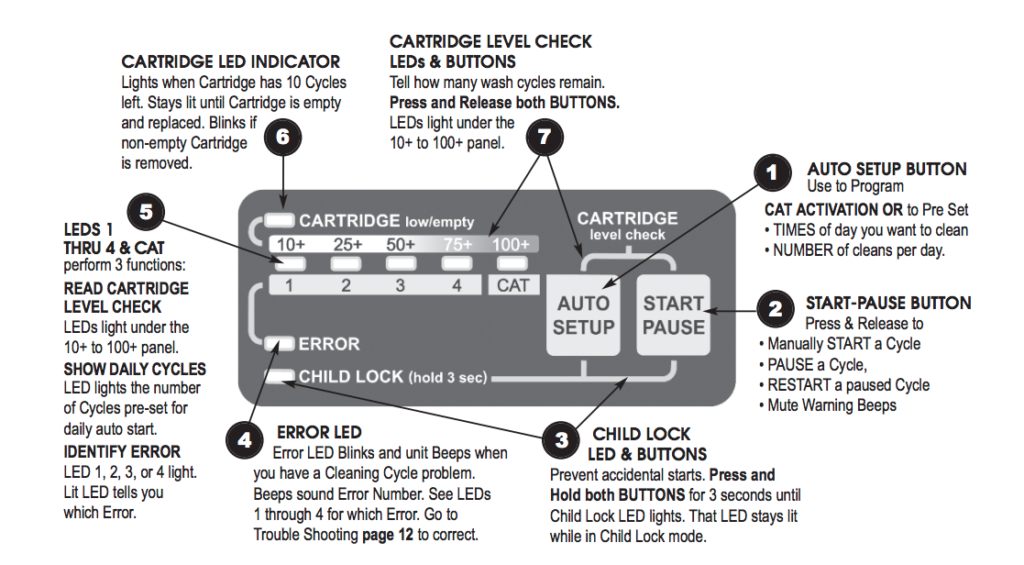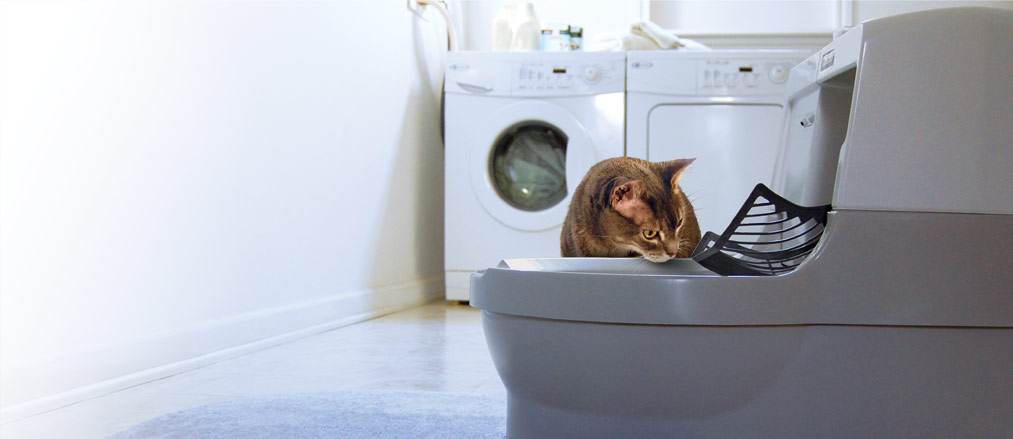Cats hate normal water dishes. They may not be telling you directly about how much they hate them, but they will typically tell you in other ways, like constantly drinking out of your toilet or from a leaky bathroom faucet. A healthy cat will not let himself become dehydrated, and he will drink from a low quality water source if he needs to in order to survive. But if you give him a tastier source of drinking water than a stagnant dish, he’s going to go for the tasty source in lieu of the dish every time.
Why Consider a Cat Fountain?
It’s important that your cat drinks plenty of water. Failure to drink enough water can cause a number of medical conditions, including dehydration and disorders of the kidney and urinary tract.
Most cats are somewhat reluctant to drink out of a bowl of stagnant water. Changing the bowl frequently helps a bit, but cats typically prefer moving water. As a result, he may get up onto your kitchen or bathroom counter and try to drink out of your sink, especially if it drips or leaks. He also may lap up fresh puddles of water formed at the bottom of your sink or shower after it has been used. This is because your cat craves fresh water, and the water coming out of the tap is as fresh as it gets.
Encouraging Your Cat to Drink
Cats in the wild don’t drink much water. Most of their water comes from the food they eat, which consists of small animals they hunt and kill. Their wild diet is much higher in moisture than a diet of commercial food, especially dry kibble-type cat foods. When a wild cat does need to drink, such as during very hot weather, he will tend to choose a moving body of water, such as a stream. Cats instinctually find a moving body of water more appetizing than a stagnant body. This carries over into your household.
Providing your cat with a source of fresh, clean water that is constantly moving will encourage your cat to drink more. The simplest moving source of water you can provide for your cat is a small circulating fountain.
Circulating fountains provide constant aeration of the water in their basins, preventing the formation of stagnant, anaerobic conditions in the water that may produce bad odors and tastes. Most fountains designed for cats also filter water as it is circulated. Filtering the water removes any debris that may have entered the water, including cat hair and bits of cat food. This improves the overall quality and taste of the water, which your cat will appreciate.
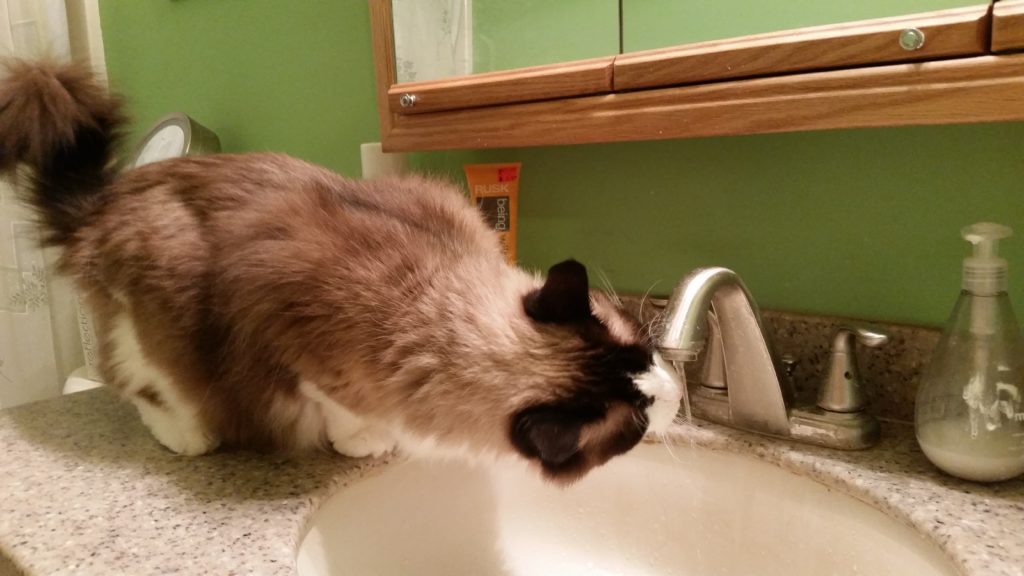
Image Source: Michel Curi
What to Look For When Choosing a Cat Fountain
There are a ton of cat fountains available on the market, so it can be confusing trying to figure out what separates a good one from a piece of junk. Here is a list of criteria you should keep an eye out for whenever you’re picking out a cat fountain for your cat:
- Manufactured from a durable material that does not leach BPA or other harmful chemicals
- Contains dishwasher safe components
- Easy to clean
- Pump operates quietly
- Includes filtration
- Shape is easy to clean and does not contain several crevices and corners
- Large capacity and ease of access (for households with multiple pets)
- Suitable length of electric chord between wall outlet and fountain
iPettie Tritone Ceramic Pet Drinking Fountain
iPettie Tritone Ceramic Pet Drinking Fountain Specifications
- Material: Porcelain
- Filtration: Foam Roughing Filter + Carbon Filter
- Pump Type: IP68 AC Pump
- Pump Power Consumption: 2W
- Capacity: 71 oz. (2.1 L)
- Dimensions: 10.7 x 10.7 x 5.5 inches
- Weight: 7.1 lbs
- Cable Length: 6 ft.
Description
The iPettie Tritone fountain, produced by iPettie, consists of a large ceramic bowl approximately 10.7 inches in diameter that forms the fountain’s basin. The center of the bowl contains a small dome known as the Tower. The top piece of the Tower contains an opening that is fitted with a rubber grommet, and there is a small wall surrounding the perimeter of the opening. The walls around the opening have slotted sides, forming a lotus design. A small pump conveys water from the bowl up the center of the Tower. Water cascades from the opening top of the Tower, through the slotted sides, and along the surface of the Tower until it returns to the fountain basin.
The fountain design gives your cat the option of drinking from the fountain basin or lapping up water as it runs down the side of the Tower. As water passes through the slotted sides of the wall surrounding the top opening, it briefly free falls before coming into contact with the Tower. This also gives your cat the option of drinking from a free falling stream of water, which many cats prefer.
The fountain utilizes a dual filtration system. An initial roughing filter is used to remove large debris from water as it is drawn from the fountain basin. This includes cat hair and bits of cat food. After passing through the foam filter, water passes through a second filter that uses activated carbon and charcoal to remove finer solids as well as compounds that may produce bad odors or tastes. Filtered water then exits via the opening at the top of the Tower.
Check out the video below for an introduction to the iPettie Tritone fountain:
Assessment
Operation
The pump that circulates water through the iPettie Tritone fountain is nearly silent. You won’t have to worry about it scaring your cat away or keeping you up all night.
The fountain will occasionally need to be cleaned. This includes the foam and carbon filters that are used to improve the fountain water quality. Replacement filters are available for purchase, but the filters that are supplied with the fountain can be used for several months as long as they are cleaned regularly.
Make sure you don’t forget to change the water and clean your fountain regularly. Most of the problems that people encounter with pet fountains are caused by poor maintenance and cleaning. Like all pet fountains, the iPettie Tritone fountain will fail if it is not kept clean. Always follow the manufacturer’s recommended cleaning practices and procedures included in the fountain’s instruction manual.
You can see how the fountain is assembled using the video below:
Design
The iPettie Tritone fountain has an attractive appearance. The white ceramic Tower and bowl will match most kitchen decors. The circular shape and large diameter also allow for easy access by multiple pets simultaneously.
One of the biggest benefits of the the iPettie Tritone fountain is its material of construction. Since the fountain is ceramic and not plastic, you don’t have to worry about the presence of any toxic substances that may leach out of a cheap plastic fountain. The ceramic material is also strong, and the fountain is more difficult to break than your typical cheap plastic fountain. Unfortunately, some of the fountain’s internal components are still constructed out of plastic. This plastic is BPA free, and the reduced amount of plastic in the fountain’s overall design makes it a superior alternative to a fountain constructed entirely out of plastic components.
The fountain bowl and Tower are both dishwasher safe, which makes cleaning a breeze. The manufacturer recommends cleaning the pump at least once every two weeks to ensure that it is operating properly. They also recommend not placing the fountain near your cat’s food dish or litter box. Cats prefer that their water source be in a different location than either of these items, so this is a good practice to follow in general when deciding on a place to keep your cat’s water dish.
The video below shows you exactly what you need to do in order to keep the iPettie Tritone fountain clean:
Value
As of October 2018, the iPettie Tritone fountain costs just under $80. This price is a bit steep compared to several other fountains that are available. However, the iPettie Tritone fountain’s durable ceramic construction make it worth the additional cost. Many of the cheaper fountains that are on the market are constructed of much less durable materials and will not last as long as the iPettie Tritione.
Repeated costs associated with the fountain include replacement pumps and filters. Fortunately, the fountain comes with a spare pump, which means you should not need to purchase a new one for quite some time after you first begin using it. The fountain also comes with two spare carbon filters.
One of the complaints noted by some owners of the iPettie Tritone fountain is the cost of replacement filters, particularly the foam filter that is used to remove large debris before water passes through the carbon filters. While the carbon filters will need to be replaced occasionally, the foam filter can simply be rinsed out and returned to use for several weeks beyond the recommended replacement frequency.
A Word on Filters
Carbon filters work by attracting dissolved compounds in the water to the surface of the carbon granules. The compounds stick to the pieces of carbon until they eventually clog up all of the carbon pieces’ pores. When this happens, the filter needs to be replaced. The foam filter, on the other hand, is a mechanical filter, meaning that it works by simply trapping solid material in its pores. Rinsing the filter in a stream of fast-moving water should be sufficient to dislodge any materials that have been captured by the foam filter. The rinsed filter can then be reused.
If you use filtered water to fill the bowl to begin with, the additional carbon filtration is not essential. The main compounds removed by carbon filtration are disinfectants such as chlorine and chloramine, sediments, and volatile organic compounds (VOCs) that may cause bad taste and odor. If you are already running your drinking water through a carbon filtration system, these compounds should already be removed from the water.
If filtered water is used, any compounds that may cause bad tastes or odors will be the result of bacterial growth within the fountain. This may occur if the water is not changed regularly or if the fountain is not cleaned. Tastes and odors caused by bacteria growing on the wetted surfaces of the fountain will not be fully removed by the carbon filter since the filter cannot impact the growth of bacteria on fountain surfaces. As a result, if you supply the fountain with filtered water, you should be able to run it without the carbon filter and achieve sufficient water quality to keep your cat happy. This will save you money on expensive replacement filters. Just make sure to change the water and clean the fountain regularly.
Quality & Durability
The iPettie Tritone fountain is constructed of ceramic materials, making it stronger and more durable than most plastic fountains. However, it is more vulnerable to shattering if it is dropped from a height than a plastic fountain. As long as you don’t drop the iPettie Tritone off of your kitchen counter while you are cleaning it or filling it, it should last a very long time.
The iPettie Tritone fountain also comes with a spare pump. This will be useful in the event that your pump stops working for any reason. If you make sure to follow the manufacturer’s recommended maintenance instructions for the pump and filters, you should not need to worry about your pump breaking down.
Pros
- Encourages your cat to drink more water, keeping him hydrated and preventing medical conditions that may be arise from dehydration
- Extremely quiet pump operation (you won’t even know it’s there!)
- Attractive appearance
- 360° access for multiple pets
- Large storage volume
- Dishwasher safe components
- Decreased concern about leaching of BPA or other harmful substances into your pet’s water supply when compared to fountains manufactured entirely out of plastic.
Cons
- Fountain may shatter if dropped from a height.
- A bit more expensive than fountains made out of cheaper materials such as plastic
- Limited color options available (white or blue Tower only)
- Pump does not have an automatic shutoff, which means you will need to keep the fountain filled with plenty of water. If the pump runs dry, it may burn itself out and stop working.
Final Verdict
Based on our assessment, the iPettie Tritone fountain scores an impressive 8.4 / 10.0. We highly recommend going with this fountain if you are in the market for a durable, long-lasting fountain that will keep your cat coming back for more. Check it out on Amazon!

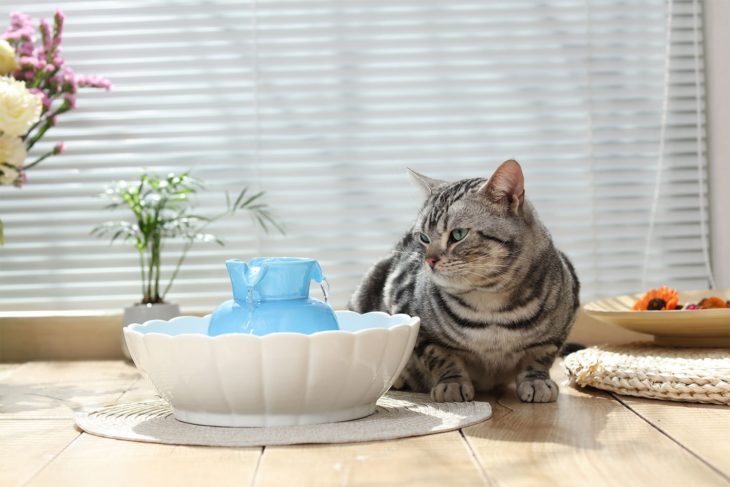

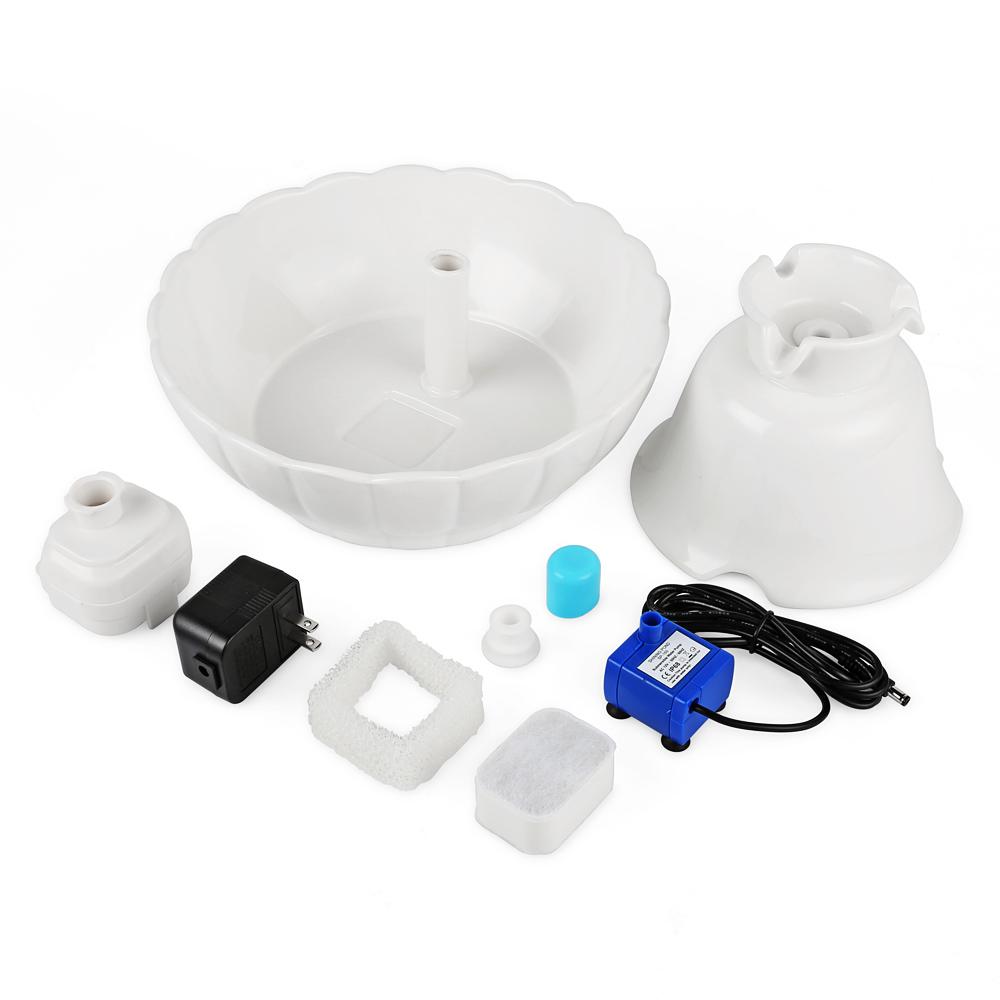
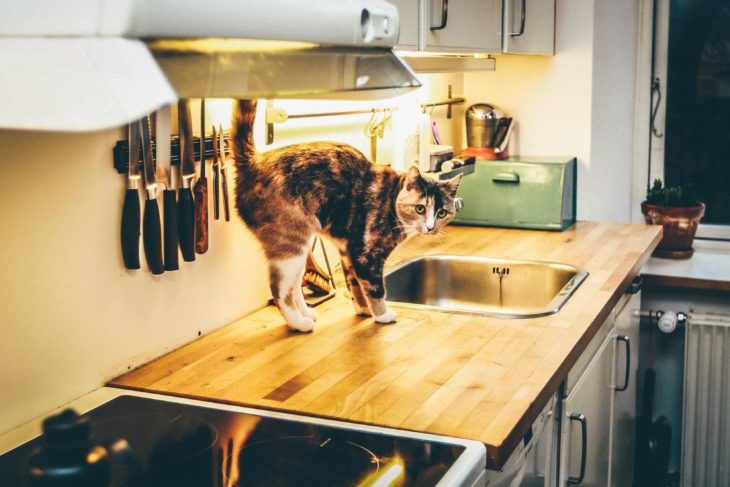
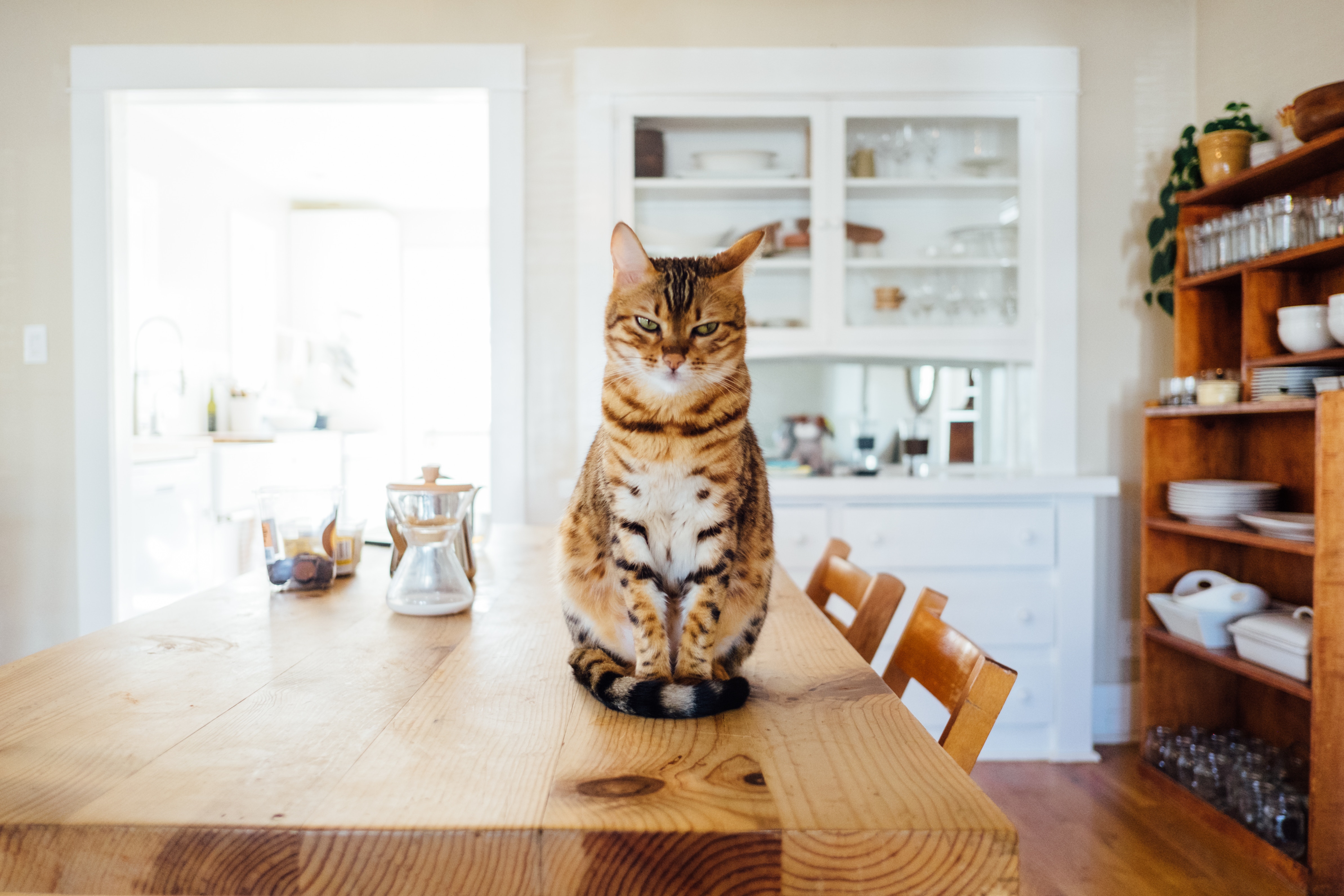
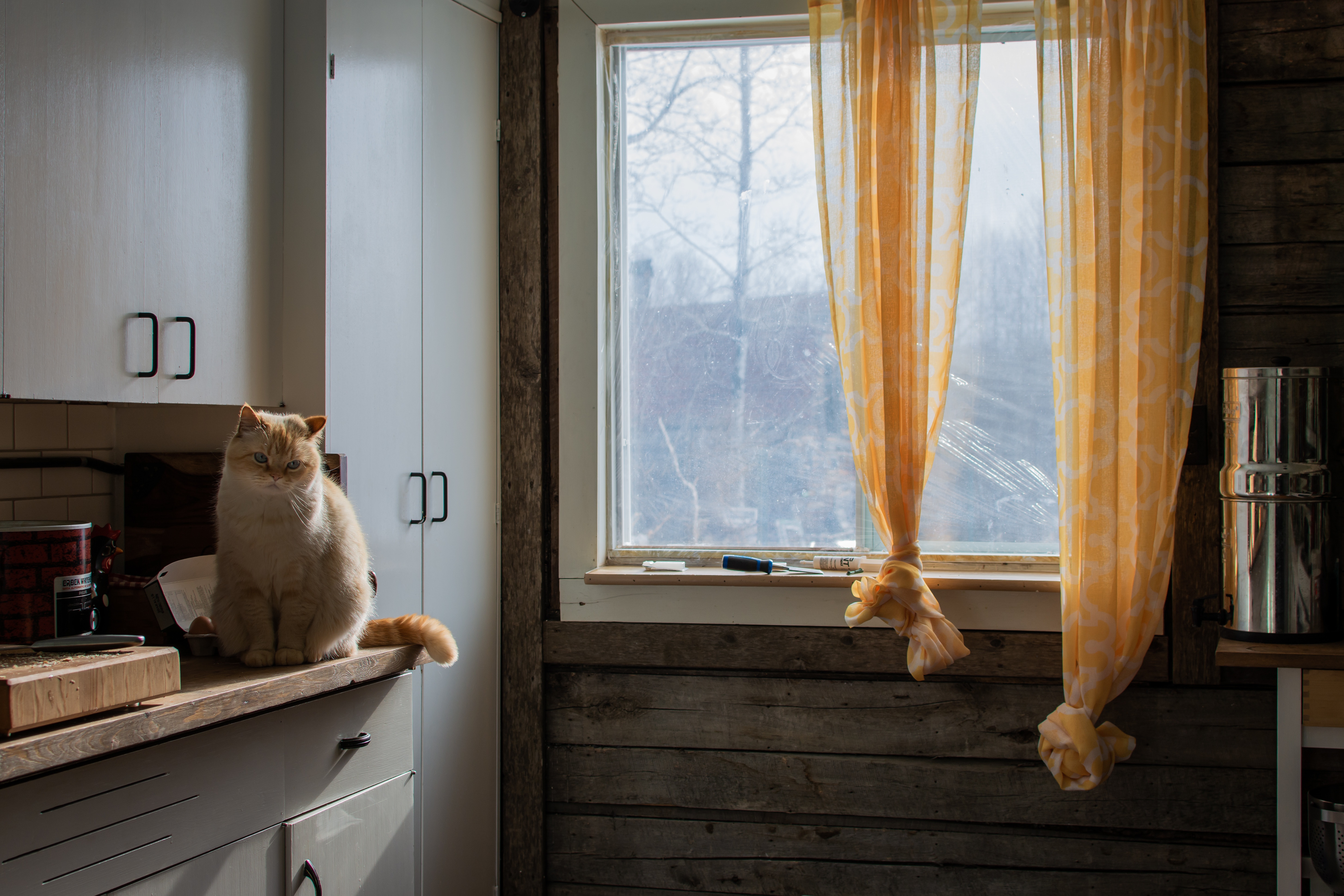


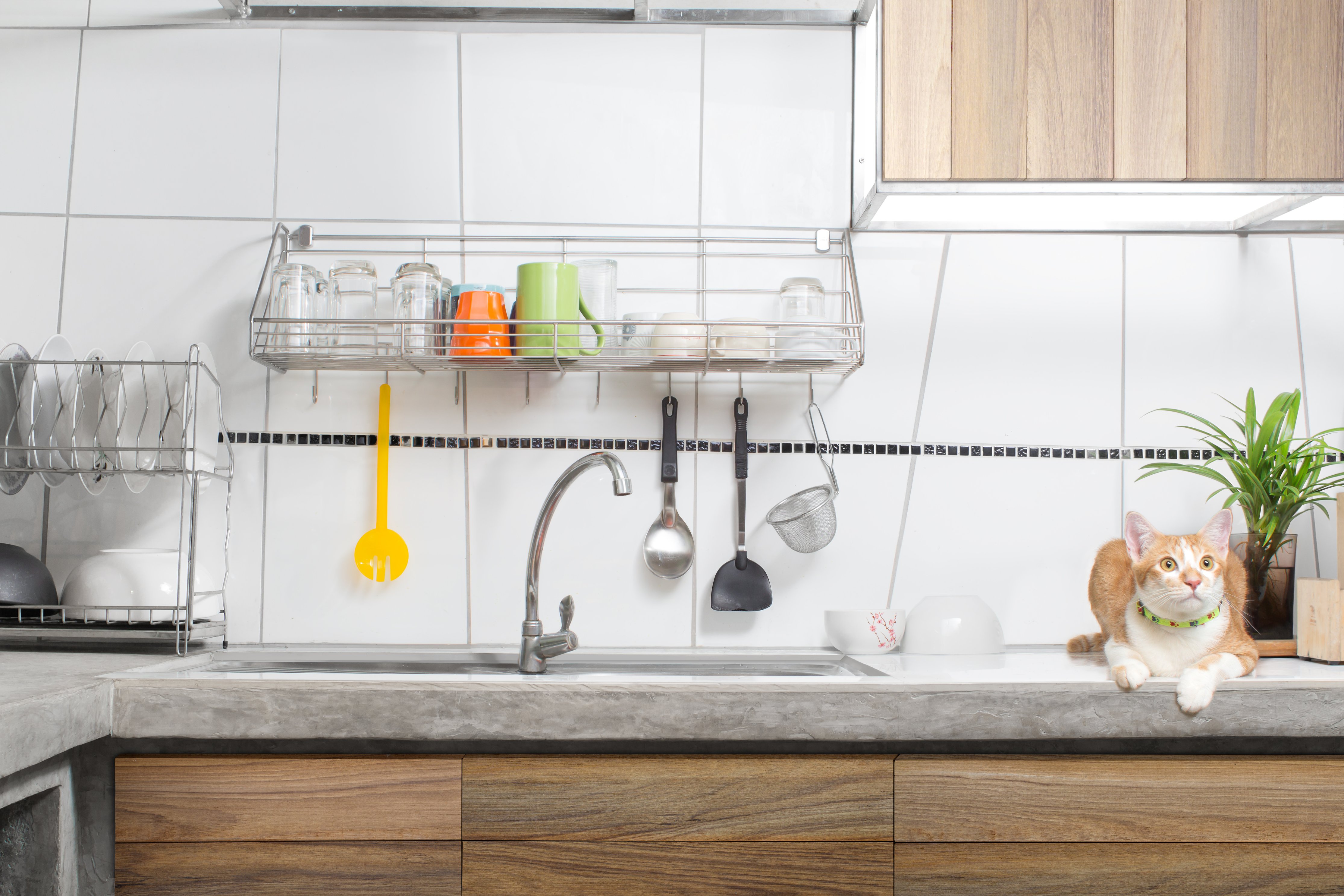
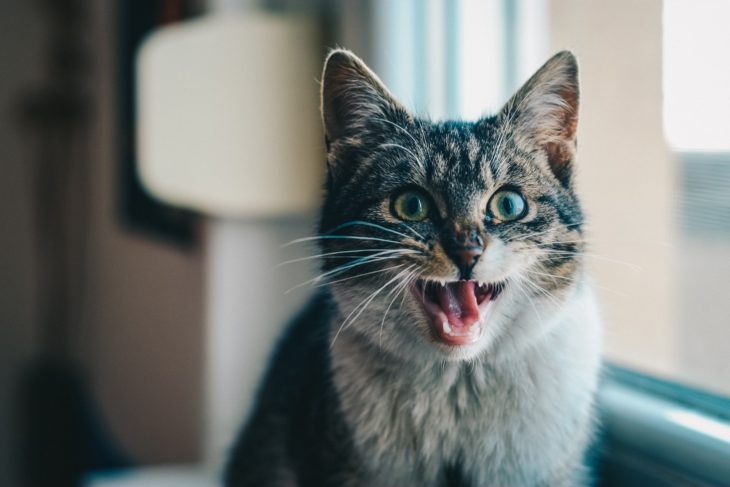
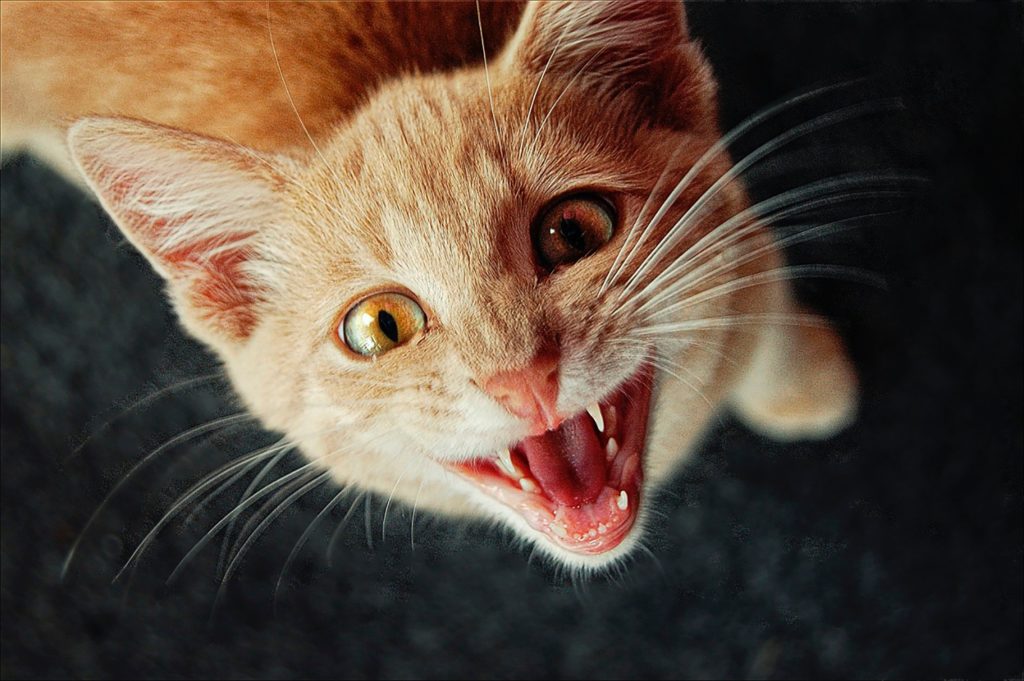
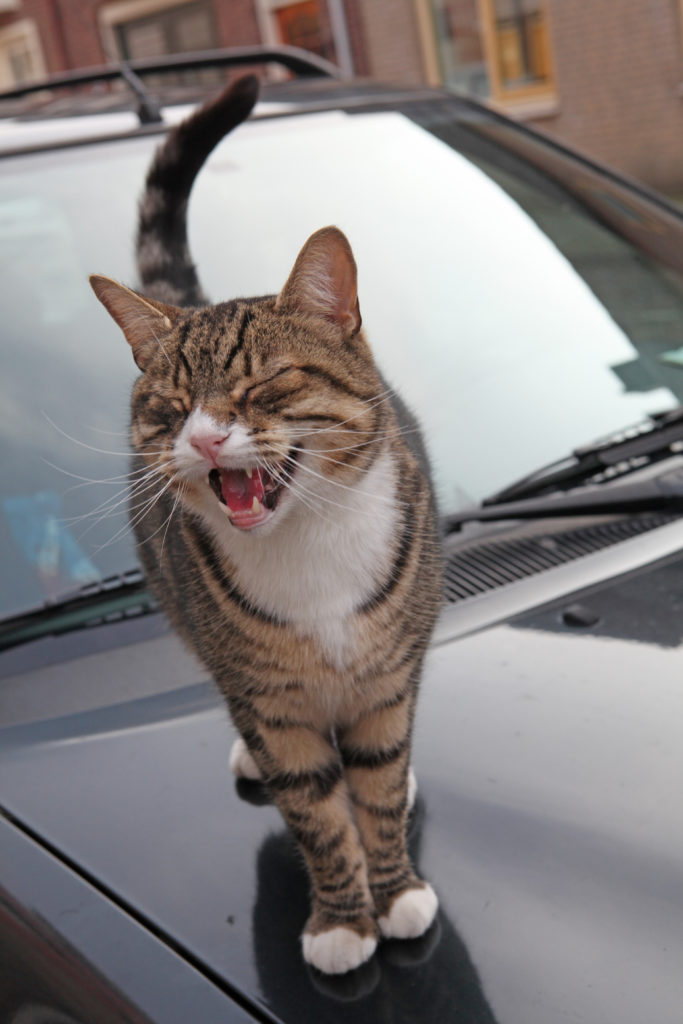
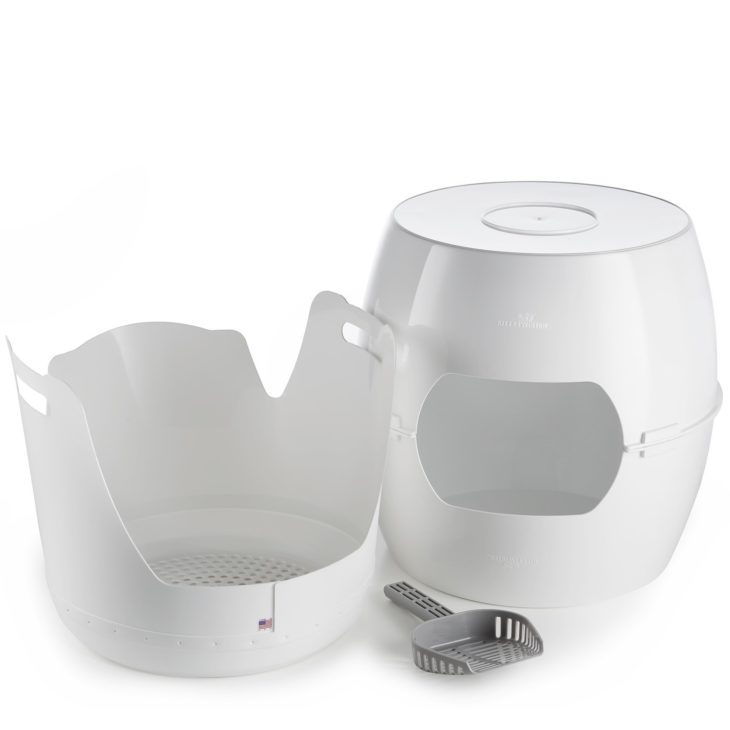

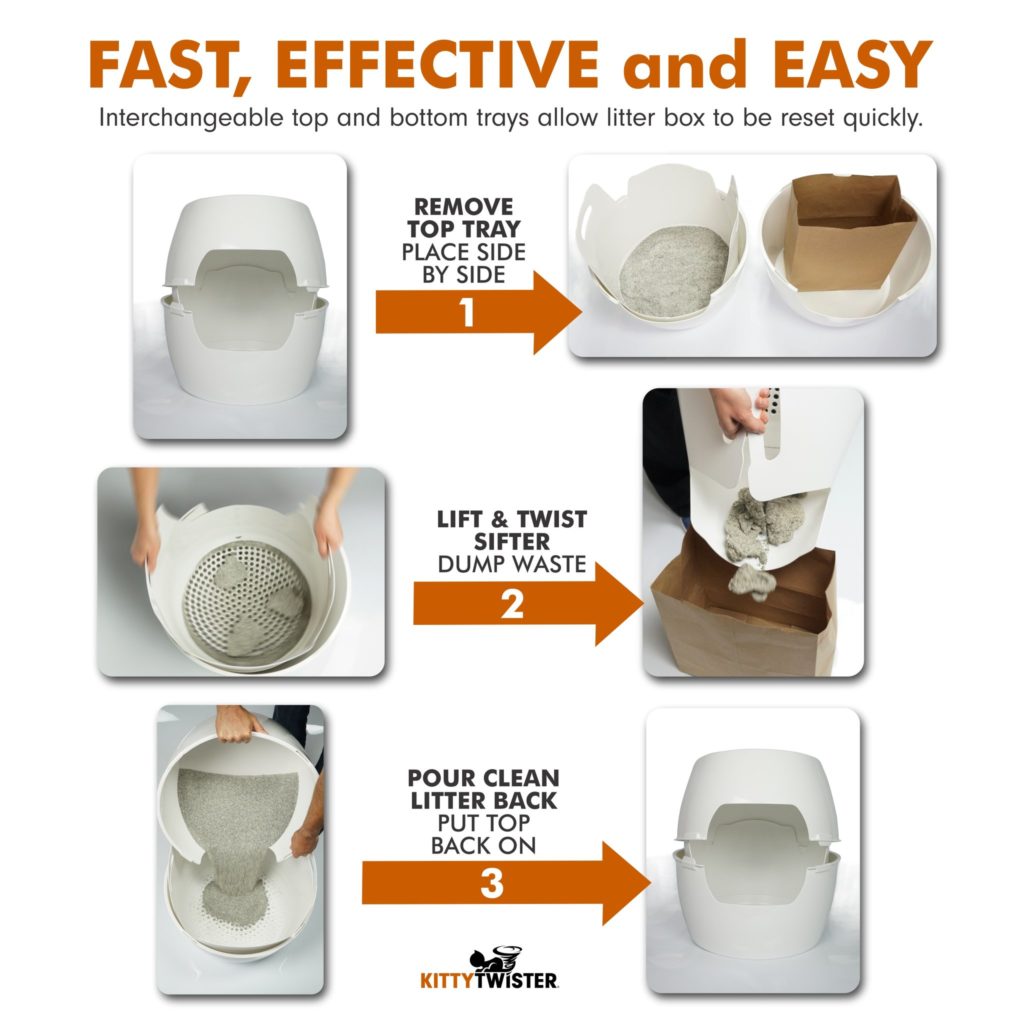
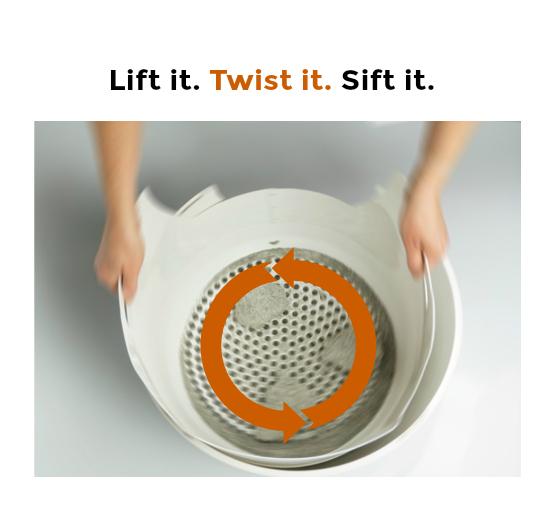
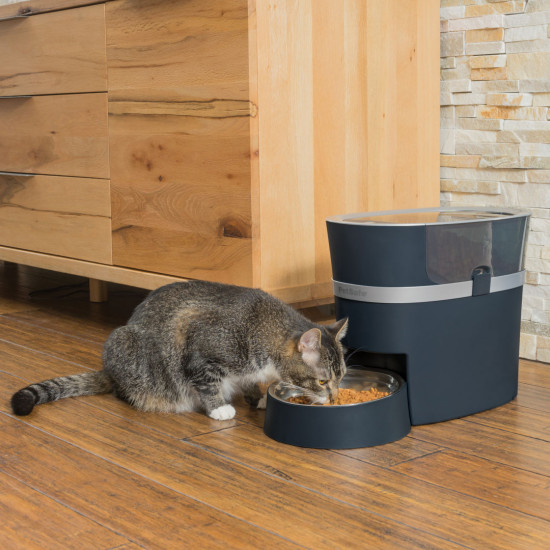




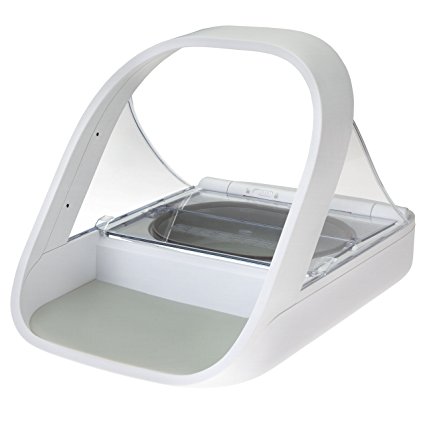

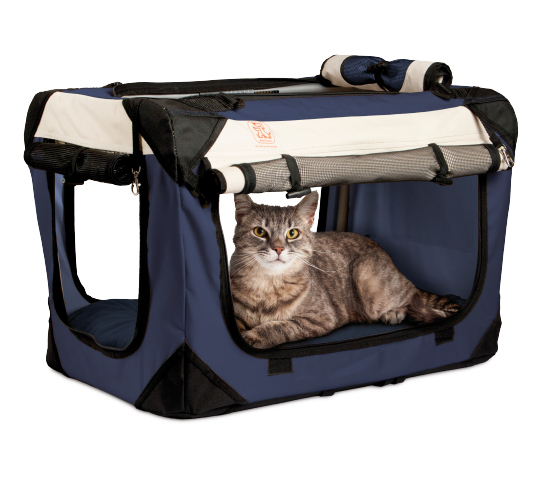





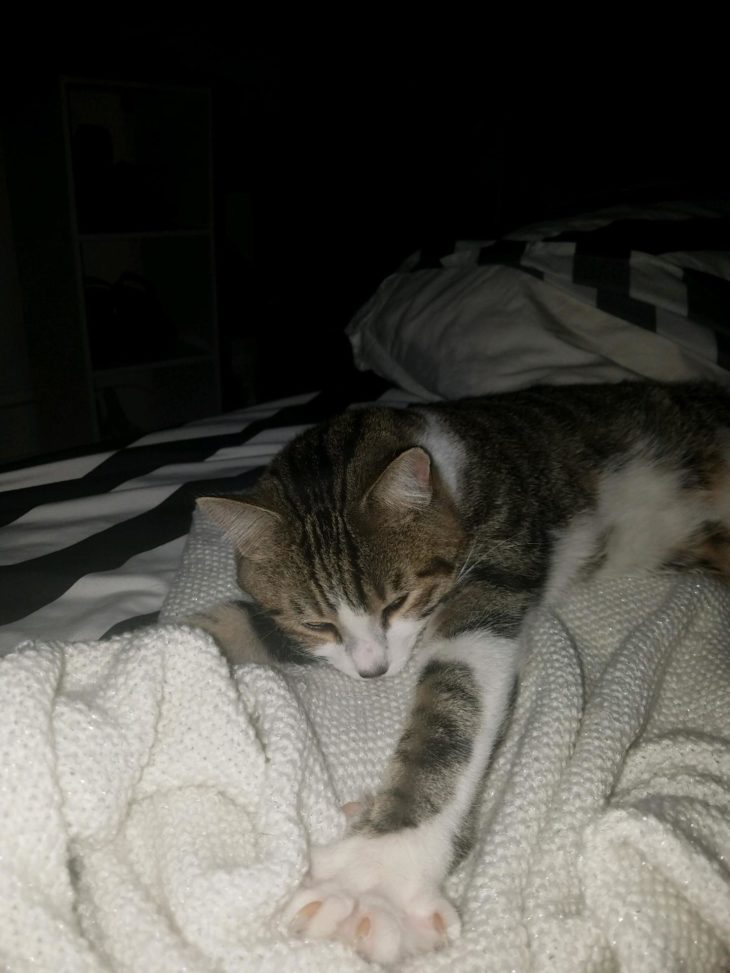
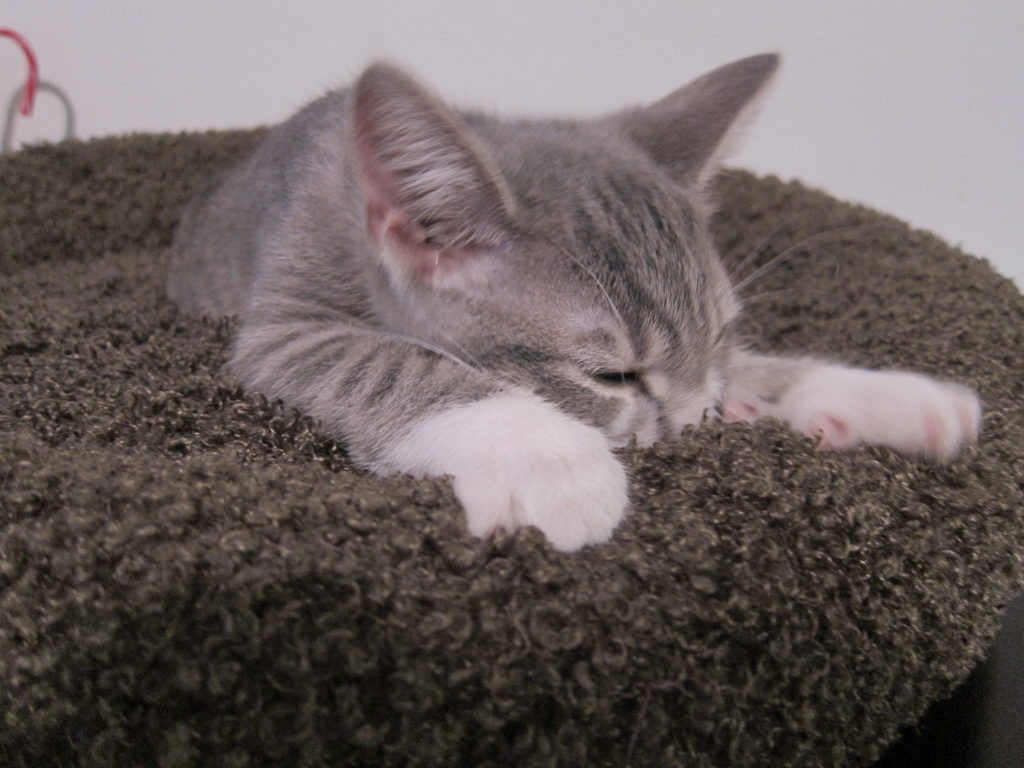
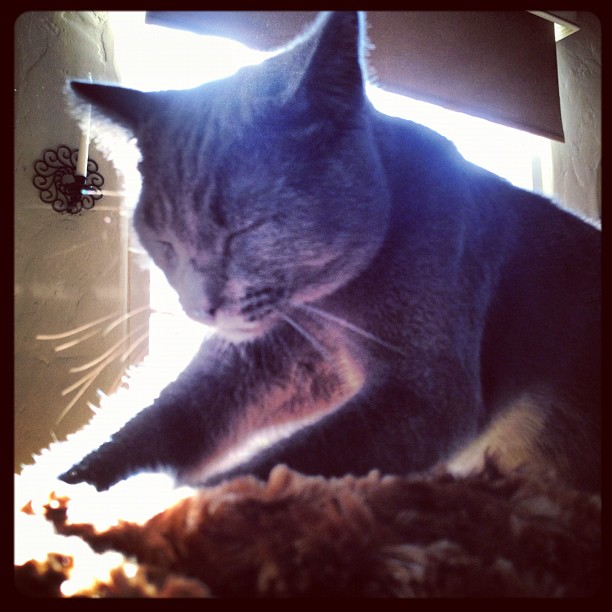
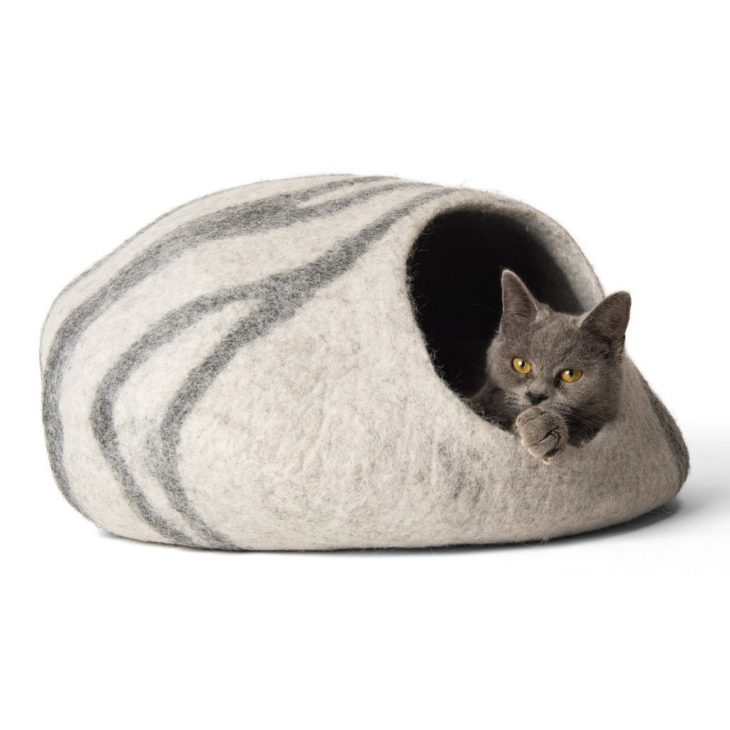
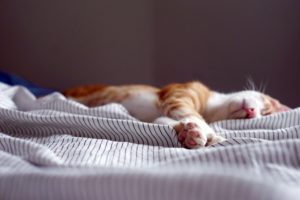




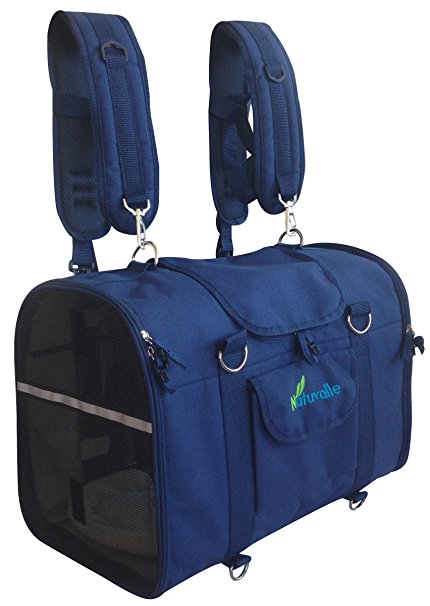





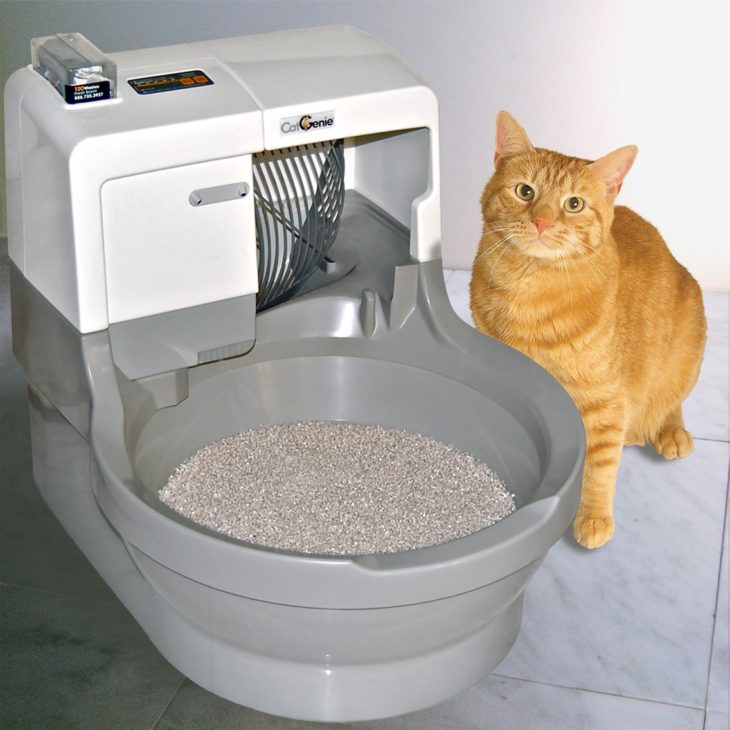
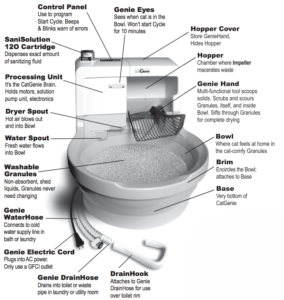
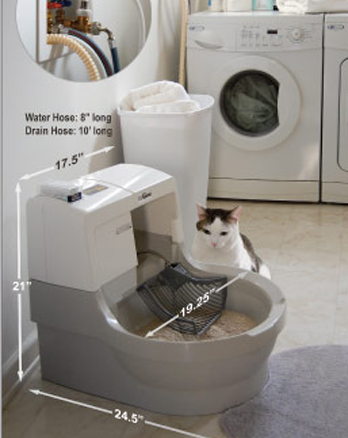 The CatGenie is pretty easy to set up. All you need is a power outlet and a space with some ventilation to prevent the litter box from heating up. This means avoiding furnaces, direct sunlight, or areas where the sides of the litter box are covered. You also need to make sure that the litter box isn’t in a location where it could get wet, such as under a sink or open window.
The CatGenie is pretty easy to set up. All you need is a power outlet and a space with some ventilation to prevent the litter box from heating up. This means avoiding furnaces, direct sunlight, or areas where the sides of the litter box are covered. You also need to make sure that the litter box isn’t in a location where it could get wet, such as under a sink or open window.